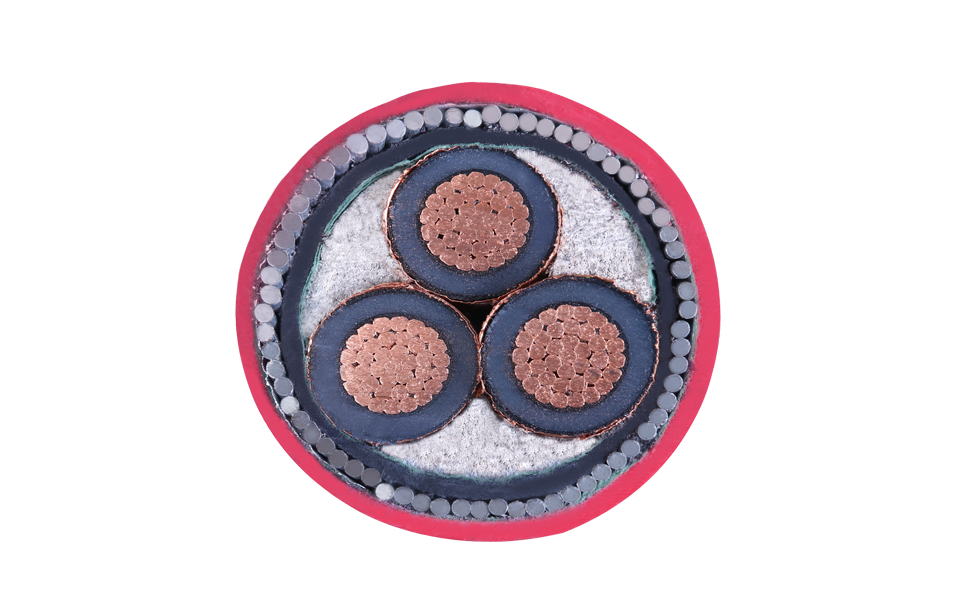
First, the importance of cable diagnostic testing technology
The development of the power industry has ushered in unprecedented opportunities and challenges. As an important energy transmission carrier for power systems, the operational safety of power cables is crucial. With the rapid development of smart grids and energy Internet, power cables are widely used in power systems and their operating time is prolonged, and the probability of power cable lines failing will undoubtedly increase.
Moreover, the power cable generally adopts a closed compact design, and the composite insulation composed of solid extruded material insulation or oil paper is wrapped in a sealed outer casing, which is difficult to locate and repair after a failure, and easily causes a power outage accident to be enlarged, seriously threatening power. The system is running safely.
Power cable diagnostic testing technology covers power cable fault diagnosis, location, and status monitoring of power cables during transmission. On the one hand, the detection technology can quickly diagnose the type and location of the cable failure, and provide support for power cable maintenance; on the other hand, it can evaluate the operating status of the power cable, discover the potential safety hazards in the cable operation, and improve the operation of the power cable. Safety and reliability. In the future, the diagnosis and testing of power cables will be developed in the direction of real-time, online, intelligent, and network.
1. Power cable online monitoring technology. Most existing power cable diagnostic testing methods are offline detection. With the application of networking and information technology, online monitoring of power cables will become possible. To implement on-line monitoring of power cables, the frequency band characteristics of the cables should be fully considered, and the frequency of the excitation signals used should be as far as possible from the power frequency. For example, high-frequency pulses (time-domain traveling wave reflection method) can be transmitted under normal cable operation to achieve compatibility between detection signals and power transmission.
2. Real-time data query of power cable running status. After realizing online monitoring of power cables, it is necessary to establish a unified data management platform, that is, to realize interconnection and sharing of monitoring data through wired or wireless methods, and gradually establish a power cable condition monitoring database, combined with big data analysis, to more accurately Evaluate and predict the health of power cables.
3. A combination of various power cable diagnostic testing technologies. Since the accuracy of different cable diagnostic testing techniques is limited by the specific object to be tested and the testing environment, there are different levels of detection blind spots. The combination of multiple diagnostic testing techniques can effectively cover the deficiencies of a single method and achieve higher detection accuracy and reliability.4
Second, the key technology and development trend of cable diagnostic testing
1. Automatic identification of power cable operation failures. On the established online monitoring platform of power cables, an intelligent expert system should be provided, which aims to automatically match and identify corresponding faults according to the changing characteristics of the detection signals; and further, can respond in time after identifying specific faults. To prevent the expansion of the impact of the failure.
2. DC power cable diagnostic testing technology. As mentioned above, based on various advantages, DC cable transmission has been increasingly valued by the power industry. However, current cable diagnostic testing techniques are for AC power cables. Early research on the operation, aging and fault generation mechanism of DC cables, and the corresponding detection technology and online monitoring program are undoubtedly important tasks in the field in the future.